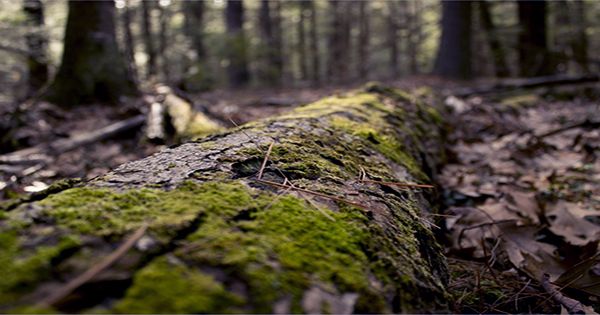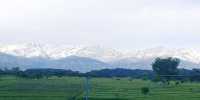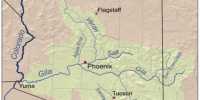The 60,000-year-old forest submerged in the Gulf of Mexico could lead to the development of new drugs and biotechnology in the future – and scientists have only figured out what the other mysteries are. There was once a rich Cyprus forest on the banks of a river in Alabama. As the trees grow, they eventually fall and are buried in peat and silt. Over time, rising sea levels cover the ancient forest beneath the surface of the ocean, which will eventually become a unique and isolated habitat for marine life.
Intensifying storm systems have recently disrupted the marine floor to release these giant logs, which have become the home of marine ecosystems, somewhat reef-like, for wood-eating “shipworm worms”, technically clams. These shipworm worms are also known as “late at sea” – a nickname they received thanks to their ability to transform wood into animal tissue that forms the basis of the deep-sea food chain.
“Marine animals and their symbiotic microorganisms that live on and above wood have recently been shown to be potentially rich sources for high biopharmaceutical and biotechnological quality biomolecules,” The National Oceanic and Atmospheric Administration (NOAA) wrote in an overview of the expedition. Previous studies have determined a bacterium found in shipworm that leads to antibiotics being investigated as drugs for the treatment of parasitic infections, the agency notes. Since such drugs are made using symbiotic germs, they are “pre-screened” by their host and are less likely to be toxic to animals, with biopharmaceutical potential.
Researchers at Northeastern University College of Science deployed two days of remote sensing and marine robots last December, funded by the NOAA Office of Ocean Exploration and Research. In total, they have collected, photographed, and identified more than 300 animals found on wood, some of which could be used for, future DNA analysis. Additionally, the team has identified bacteria in about 100 strains, a dozen of which are currently undergoing DNA sequencing. Future analysis will help determine whether structures have the potential to break down, as well as applications in the wood, textile, and renewable energy sectors. The researchers added that their work has laid the groundwork for understanding marine communities as potential sources of new compounds, further helping to establish “new tools for future discovery and learning”.
















